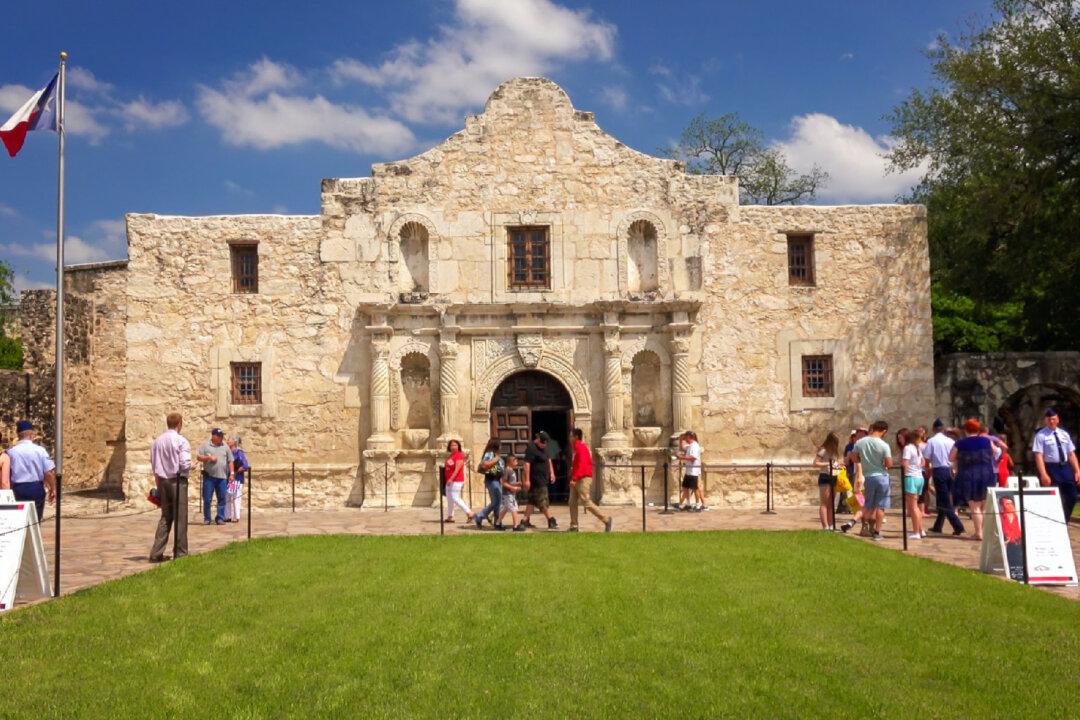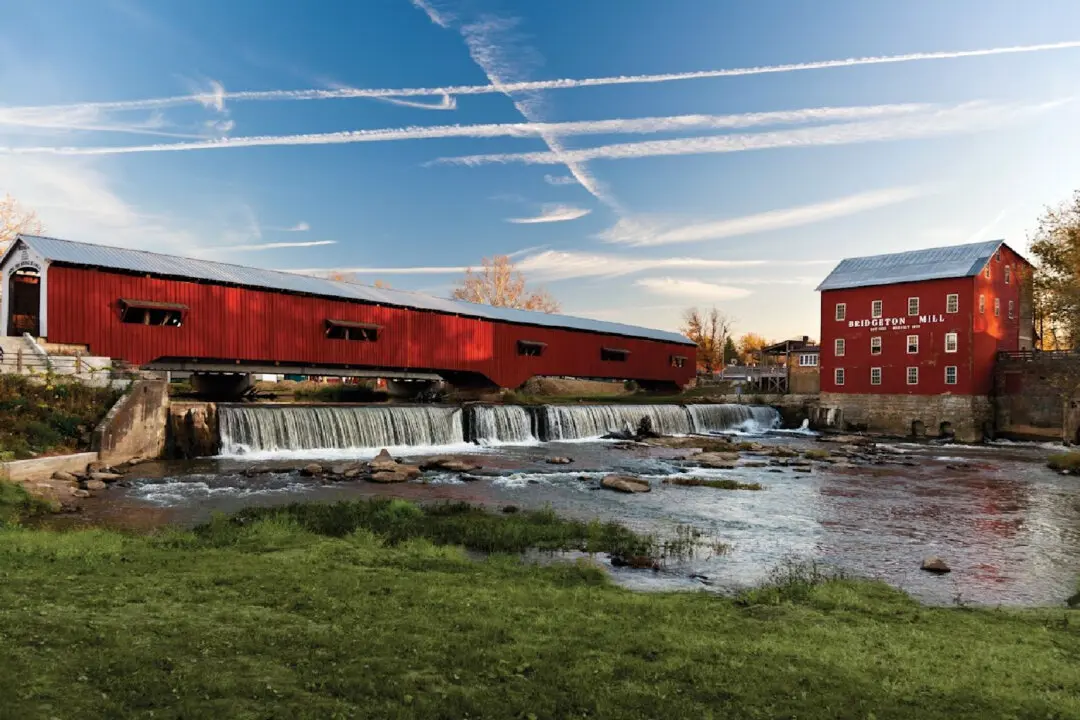In the 1750s, some colonists in New Jersey complained about being forced to house British soldiers who were fighting in the French and Indian War. That conflict pitted Great Britain against France for control of areas of the New World. In an effort to placate the settlers, a stone structure was built in 1758 to serve as barracks for 300 British troops.
Known today as the Old Barracks Museum, the garrison is a reminder of that little-known chapter of American history. It displays maps, dioramas, weapons, and other exhibits that transport visitors back more than 2 1/2 centuries to relive a small part of the story of the founding of our country.





